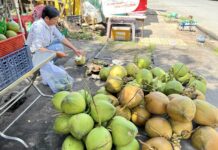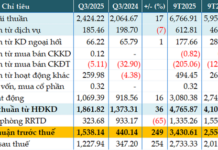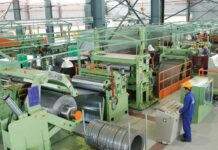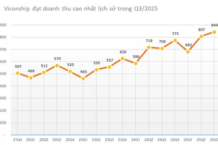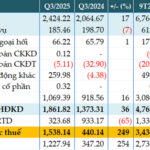Motivation Behind Thai Binh’s Transformation: The “Rice Bowl” of Vietnam Takes a New Direction
Once renowned as the “rice bowl” of Northern Vietnam, Thai Binh province is now undergoing a significant economic structural shift. The local government is strategically reducing the proportion of agriculture and aquaculture while increasing the focus on industry and construction. In 2023, the agriculture, forestry, and fisheries sectors contributed only 19.9% to the province’s GRDP, while the industry and construction sectors accounted for a substantial 45.0%, with the service sector making up the remaining 29.1%.
Looking ahead, Thai Binh aims to further boost its industrial sector by 2030, with a target of approximately 62.1% of the economic structure comprising industry and construction. The province also strives for a GRDP per capita equivalent to the national average.
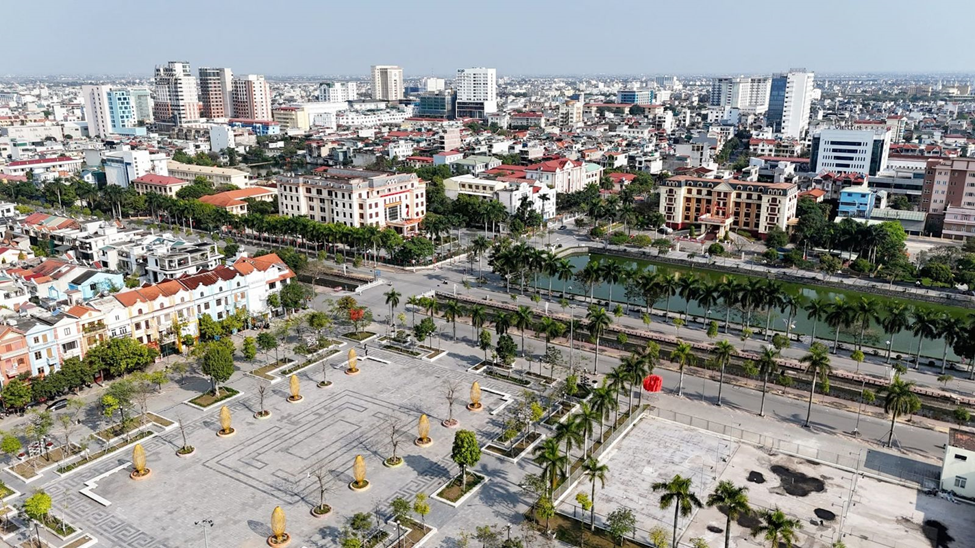
Thai Binh’s FDI attraction ranks in the top 5 nationwide, solidifying its emerging investment appeal (Source: thaibinh.gov)
The provincial planning for the 2021–2030 period, with a vision towards 2050, underscores the development of industry and services as the economic growth pillars. The goal is to transform Thai Binh into a modern industrial hub and a leading energy center in the Red River Delta. The province also aspires to become a distribution center and a pivotal link for goods transportation in the southern Red River Delta and North Central regions.
To realize its ambition of becoming an industrial powerhouse, Thai Binh has established the Thai Binh Economic Zone, spanning an area of 30,583 hectares with a 54-kilometer coastline. Of this, over 8,000 hectares are allocated for industrial, urban, and service development. With 22 planned industrial parks, the economic zone is anticipated to witness substantial growth, akin to the success stories of Quang Yen and Dinh Vu economic zones in the coming phases.
Thai Binh’s determined pursuit of industrial development is already bearing fruit. In 2023, the province attracted nearly $3 billion in FDI, a record high, propelling it into the top five FDI destinations in the country. This achievement firmly establishes Thai Binh as a member of the prestigious “Billion Dollar Club” for FDI attraction.
Moreover, in the first half of 2024, Thai Binh’s economy outperformed expectations, showcasing impressive figures in exports and industry. The province attracted VND 7,769.9 billion in investment, more than double the figure from the previous year. FDI inflows reached $232 million, a 5.7-fold increase year-on-year. The total realized investment on the ground was estimated at VND 27,647 billion, marking a 6.9% uptick compared to the same period last year.
The economic transformation in Thai Binh, coupled with the influx of FDI, underscores the province’s burgeoning investment appeal. Thai Binh is strategically positioned to attract investors seeking to expand their production and business ventures.
Transport Connectivity: Catalyzing Thai Binh’s Development
In its quest to bolster economic growth, Thai Binh is committed to organizing its development space harmoniously and sustainably, forging strong linkages with the Red River Delta and North Central regions.
The provincial planning for 2021–2030, with a vision towards 2050, outlines a development blueprint comprising one center, four socio-economic spaces, and three economic corridors.
The center is Thai Binh City, serving as the administrative, political, economic, and cultural hub of the province. It is envisioned to be a bustling hub for urban economic, commercial, and service activities, seamlessly connecting Thai Binh with other provinces in the Red River Delta and the country at large.
Thai Binh City is being developed with a meticulous focus on infrastructure and urban planning to keep pace with the province’s robust industrial growth trajectory.
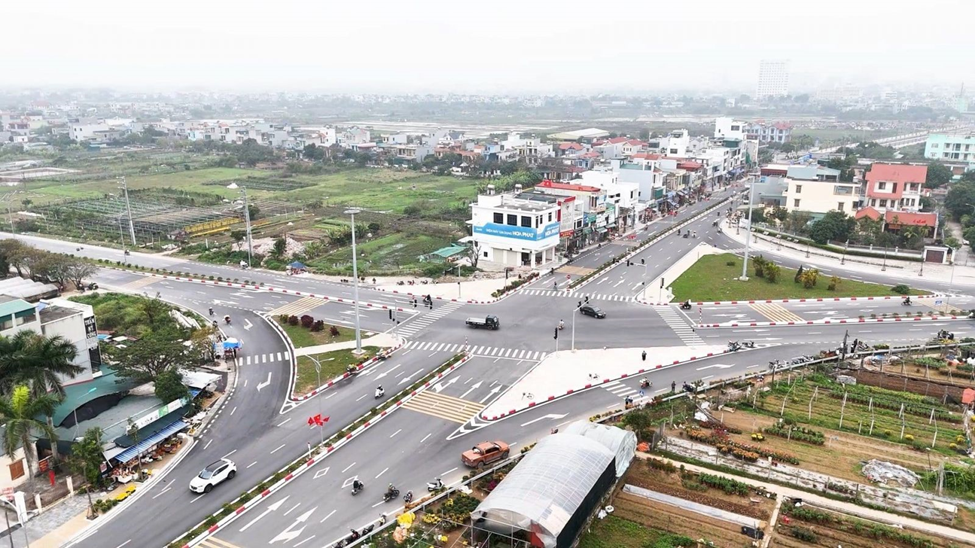
Emphasis on infrastructure development to connect Thai Binh City with other provinces in the Red River Delta (Source: thaibinh.gov)
The three economic corridors play a pivotal role in Thai Binh’s transportation infrastructure. The Northwest Corridor connects peripheral areas with neighboring provinces (Hung Yen and Ha Nam) and Hanoi, aligning with Hanoi’s Ring Road 5 (CT.39) and CT.16, which links the coastal economic zone to Thai Binh City and the economic zone in the northwest of the capital.
The Eastern Corridor follows the Northeast-Southwest axis, corresponding to the Ninh Binh-Hai Phong-Quang Ninh expressway. Meanwhile, the Northeast-Southwest Corridor connects the North Central provinces to Hai Phong and Quang Ninh, facilitated by the coastal expressway that links six provinces and cities, forming a chain of coastal economic zones and serving as a vital socio-economic catalyst for the entire Red River Delta.
These economic corridors not only bolster Thai Binh’s position as a distribution hub and goods transportation center but also propel the province towards becoming a new economic and industrial growth pole in the Red River Delta.
Mr. Nguyen Van Dinh, Vice Chairman of the Vietnam Real Estate Association, highlights that the vigorous development of industry and industrial parks in Thai Binh is fueling a surge in housing and utility service demands. This presents a fertile ground for the province’s real estate market to flourish, offering a plethora of investment opportunities.


